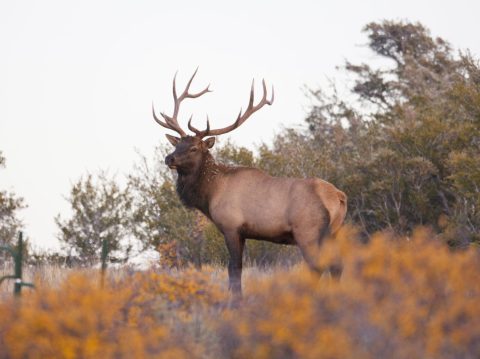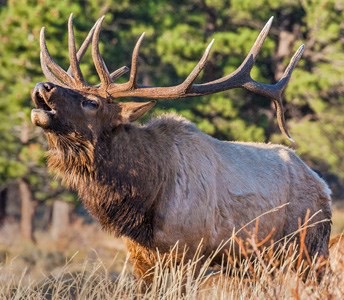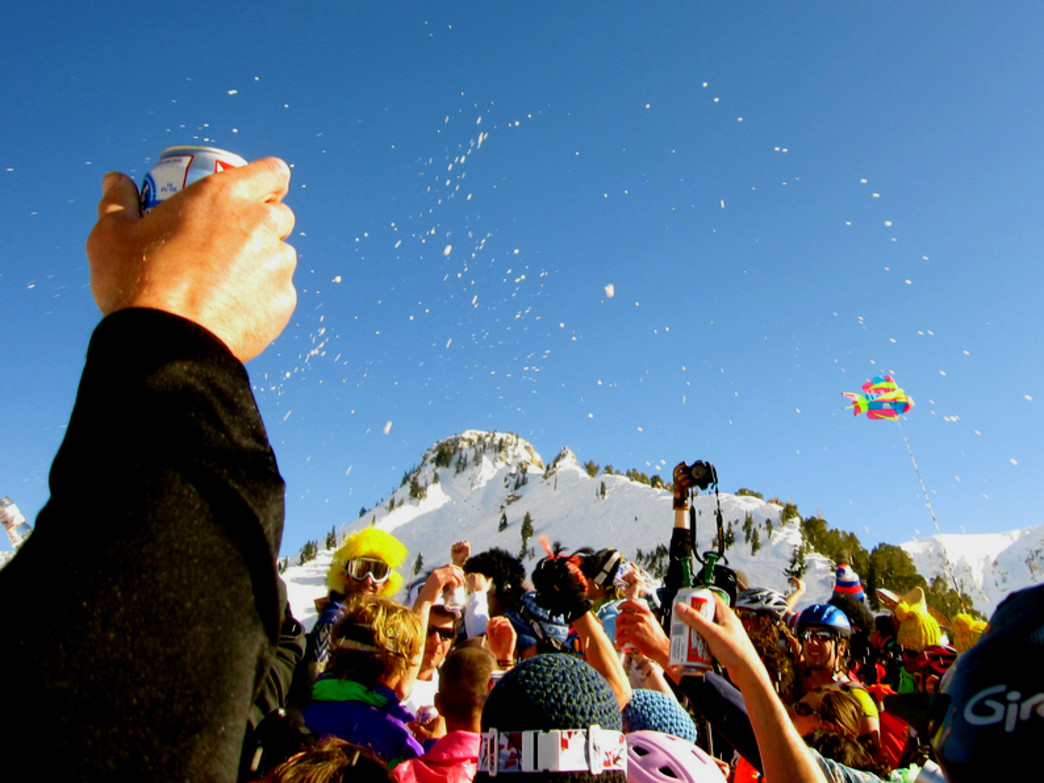5 Unique Animals Inhabiting the Wasatch Front
Interesting Wildlife Living in the Wasatch Front
The Wasatch Front in Utah consists of approximately 100 miles of mostly connecting cities that stretch from northern to central Utah. These interconnecting cities consists of Logan, Bountiful, the capital Salt Lake City, and continues south to Santaquin in central Utah. It runs parallel with much of Utah’s beautiful Wasatch Mountain Range. Utah is known for its diverse climate and terrain. In northern Utah, you will find it is colder and mountainous given rise to the slogan, “Greatest Snow on Earth” and home to 11 ski resorts along the Wasatch Mountain Range. In southern Utah, temperatures are warmer, with desert terrain and the landscape turns to rock formations, carved arches and slot canyons. Due to Utah’s diverse climate and terrain, Utah is home to over 600 species of mammals, reptiles and fish. If you are planning to travel to a Northern Utah State Park, you will likely find a wide variety of animals who live there, making it an exciting wildlife visit. Some of the most unique animals that inhibit the Wasatch front are; the black bear, deer, snakes, bird and elk. Other examples of wildlife are moose, mountain goats, foxes, mountain lions and cougars to name a few.
#1: The Black Bear
While sometimes dangerous, the black bear is one of the most interesting and beautiful animals that occupies the Wasatch Front. Black bears can be found in the Wasatch mountains during the spring, summer, or fall. Black bears face the harsh winters by hibernating through the cold. Black bears do extremely well at hunting, running, and climbing. While sometimes it is hard to spot one of the bears due to them shying away from humans, oftentimes campers or hikers can spot one or a few. It can be risky to be in a black bear’s habitat, which is why it is important to respect their home. Black bears truly are such unique and beautiful animals, and Utah is lucky to be an inhabitant of the species.
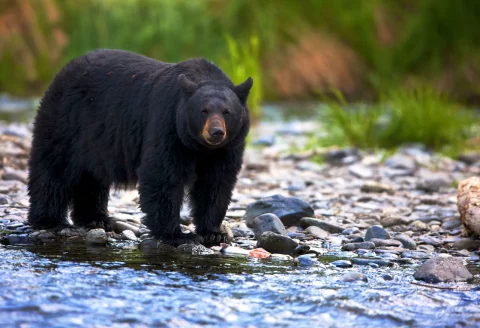
#2: The Mule Deer
Mule deer are one of the most iconic animals that inhabit the Wasatch Front. These beautiful creatures are a common sight in the area, especially during the fall when they migrate to lower elevations to mate and find food. Mule deer are well adapted to living in the harsh mountain environment, with their large ears that help them hear predators and their keen sense of smell that helps them detect danger. They are herbivores, feeding on a variety of plants including sagebrush, bitter brush, and grasses. Despite being a familiar sight to locals, mule deer populations in the Wasatch Front face numerous challenges, including habitat loss due to human development, competition for resources with other species, and hunting pressures. Conservation efforts are underway to help protect and preserve these majestic animals for future generations to enjoy.
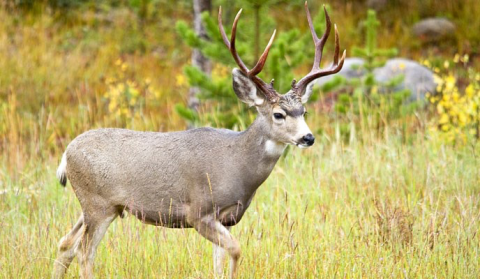
#3: The Great Basin Rattlesnake
The Great Basin Rattlesnake is the only venomous snake that lives in the Wasatch front. It is one of seven different species of rattlesnakes in Utah and is a subspecies of the Western Rattlesnake. The Great Basin Rattlesnake can be found in a wide range of habitats, from desert valleys to mountains as high as 8,500 feet. They can be often found in hillside neighborhoods along the Wasatch Front. This species of snake is usually around 2-3 feet long, but can grow up to almost 5 feet. The coloration and patterns on the snake are highly variable, but the colors are usually light brown or gray with dark spots on the back. The Great Basin is a pit viper and it injects its toxins into its prey using long, sharp fangs. These snakes prefer to sit and wait for their prey to come across their path before making their move. They tend to eat birds, lizards, and other small mammals. When threatened, the great basin rattlesnake can shake its tail 60-90 times a second. Although bites from rattlesnakes are rarely fatal, it should be immediately treated with medical attention as it could have severe health consequences. If you spot a great basin rattlesnake, they most likely will not attack you, but be wary!
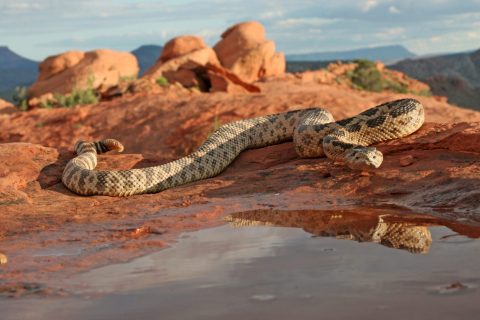
#4: Hummingbirds
Hummingbirds are fascinating creatures many people attempt to see when possible. There are over 300 different species of hummingbirds in the world, and Utah is home to seven of them. They are Anna’s Hummingbird, Black-Chinned Hummingbird, Blue-Throated Mountain-gem, Broad-Tailed Hummingbird, Calliope Hummingbird, Costa’s Hummingbird, and Rivoli’s Hummingbird. The hummingbird is the only bird that can fly backwards, and due to the way they flap their wings, in a figure-eight formation, they are fast and can hover for long periods. Their average speed is around 50 to 80 beats per second, making these birds hungry often and in search of food. In order to survive, hummingbirds need to ingest half their body weight daily, and they enjoy nectar from flowers. Hummingbirds use their forked tongues to lick nectar up and they are able to lick up to thirteen times per second. They will also enjoy nectar from feeders put outside, as well as mosquitoes, ants, wasps, and gnats. Although some of these species can be found in Utah during winter, you are most likely to see hummingbirds about the middle of March through September.
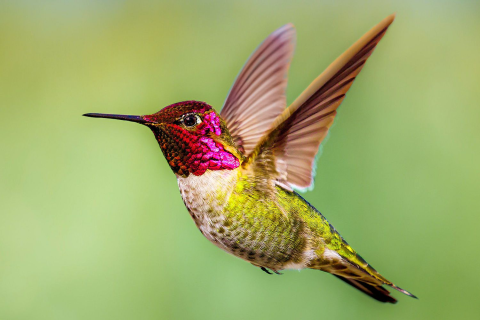
#5: Rocky Mountain Elk
Another stoic animal you can find around the Wasatch Front is the Rocky Mountain Elk. The Rocky Mountain Elk is special because it is Utah’s state animal and it is the only type of elk found in Utah. The Wasatch Mountains have about 6,000 elk. The Rocky Mountain Elk is characterized by their body that has various shades of brown from the top of their head to their rump. Males are around 700 pounds, while females are around 500 pounds. Mature male elk have large antlers with six points and younger male elk have straight antlers. When looking at their tracks, you can expect them to be about 4½ to 5 inches long, with the female’s track being more narrow and pointed than the male’s. At dusk and dawn is when you have your best chance at spotting elk. If you are visiting the Wasatch Mountains in the summer months, the elk will be living high in the mountains. Later in the fall they will be down in areas of lower elevation, where the snow is less. If you do plan on hiking the Wasatch Front to spot these wonderful animals, be sure to know the essentials before stepping out!
